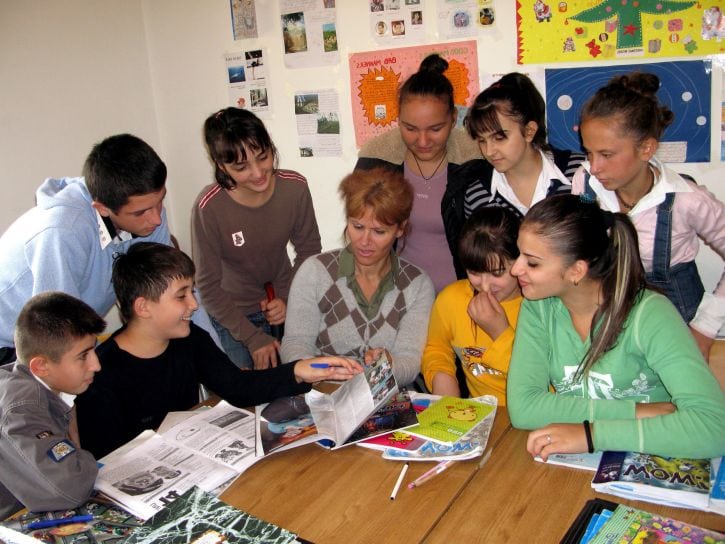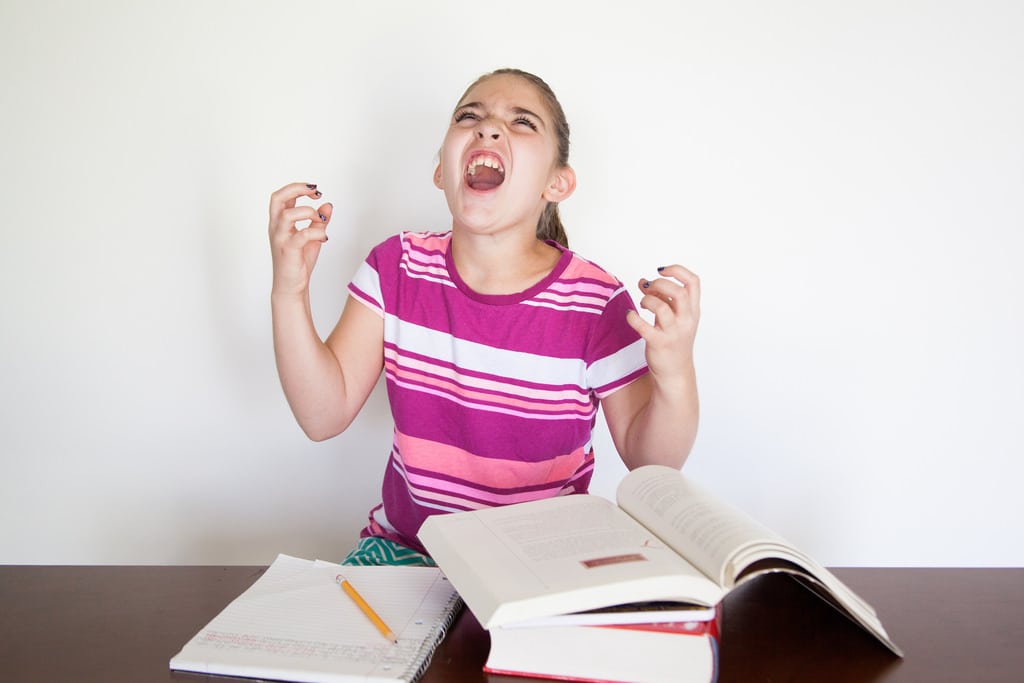Your cart is currently empty!
How Teachers Teach Matters, Especially with ADHD
 It goes without saying: Students with ADHD have challenges beyond paying attention. Teacher-directed, student-centered strategies create an environment for academic success. Increasing involvement and responsibility for learning is key.
It goes without saying: Students with ADHD have challenges beyond paying attention. Teacher-directed, student-centered strategies create an environment for academic success. Increasing involvement and responsibility for learning is key.
ADHD is a disability that impacts physical, mental, and emotional components of an affected person. ADHD in teens and young adults is further impacted in academics, behavior, and social skills. Classroom teachers and professors typically do not receive training in how to transform them into successful learners. There is hope.

The US Department of Education has compiled data for this population in an effort to reduce the academic challenges that they face in falling graduation rates. 30% of high school students with ADHD have failed or had to repeat a year in school. College students with ADHD are at greater risk than other at-risk populations and significantly less likely to graduate.
To facilitate the transition to secondary and postsecondary education, students with ADHD should be evaluated for their individual needs and strengths. The team should be multidisciplinary, composed of students, parents, teachers, counselors, administrators and special educators. Formal and informal assessments should be included (learning style inventories, academic evaluations, behavioral rating systems).
- Provide carefully structured lessons. Integrate components of IEPs, 504 Plans, ADA accommodations.
- Explain specific objectives. What students should do, techniques to use for learning each lesson.
- Introduce additional resources to support learning. Include how to formalize understanding.
- Simplify content delivery. Chunk instructions, choices, and scheduling.
- Set high expectations. Include techniques to facilitate success.
- Establish behavior expectations. Specify rewards/consequences.
Classroom environments are critical to the academic performance of students with ADHD. Teacher proximity enables instruction to build on existing abilities. Select practices that fit content, are age appropriate, and gain attention, using trial-and-error to evaluate efficacy.
“Our kids” can get lost in the shuffle of today’s classrooms. Tie instructional strategies to their needs and interests as a landmark for success.
What did your favorite teacher do to make you feel special?
3 responses
-
Viagra Low Cost Kamagra Jelly Online Uk viagra prescription Generique Kamagra Canada What Is Best Ed Pill
-
Greetings! Quite helpful advice on this article!
It is the small changes that make the biggest changes.
Thanks a lot for sharing!-
Sharing is key to our community. Check out my social media discussions on Facebook and Google+ The links are on every page.
-

EdieLovesMath empowers individuals with ADHD and Autism, their families, and professionals through a 4-step plan that builds confidence and success in reading, math, writing, and organization. As someone with a neurodiverse brain herself, Edie understands the challenges and triumphs of navigating learning differences firsthand. Join us. We’re here to guide your journey.
About Me ›
- Helping Neurodiverse Teens Transition to College: 5 Tips for Parents
- What is Neurodiversity? A Parent’s Perspective
- Creative Calm: Why Art Therapy Works for Teens and Young Adults with ADHD
- Getting Disability Accommodations in College: What Students and Parents Need to Know
- Neurodivergent Burnout: How to Recognize It and Tips to Recover
Leave a Reply